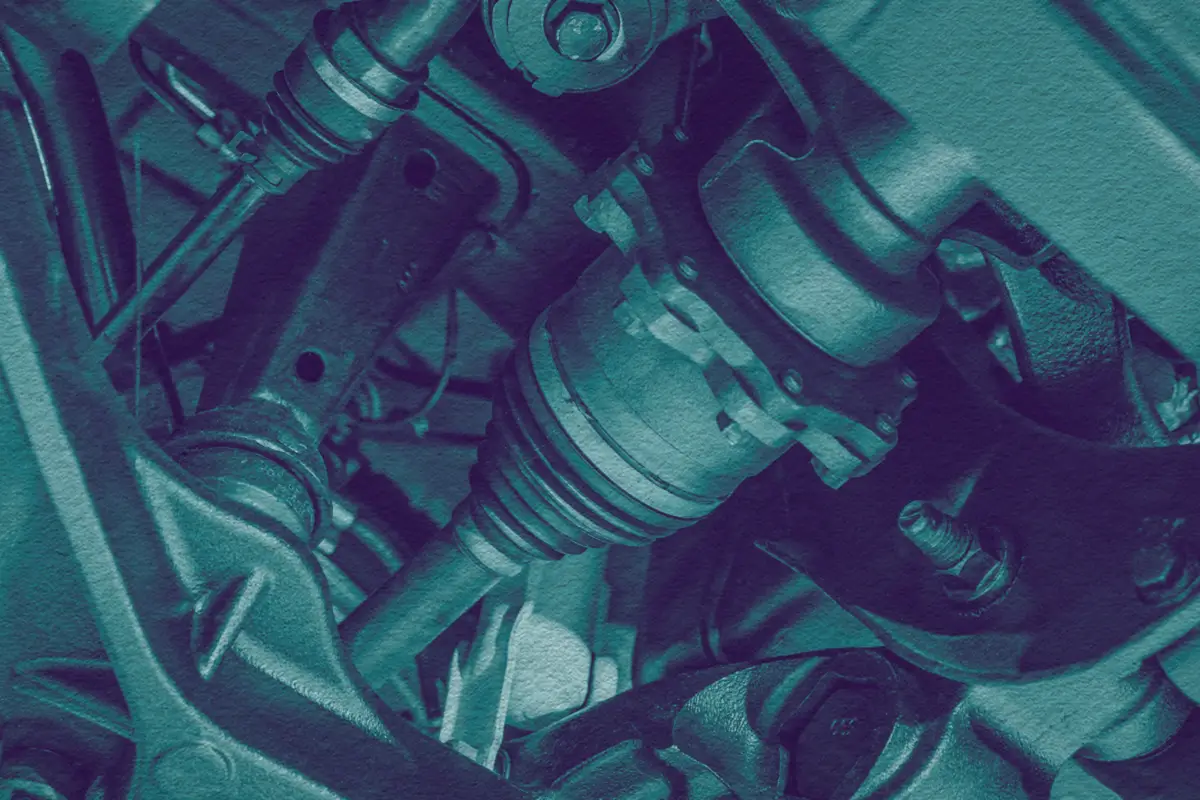AZCentral.com's view
Coming up in the rear-view mirror, the Chrysler Sebring is instantly recognizable, its Ferrari-esque eggcrate grille and rounded, bumperless front end looking aggressively racy. As the coupe passes, the lines carry along sculpted flanks, flowing into shapely upturned taillights.
Styling is Chrysler’s forte, its ace-in-the-hole in an uncertain world. While everything else in the fortunes of the DaimlerChrysler division seem to be struggling, the one thing that continues to shine is the sparkling collection of handsome bodies on its cars, trucks and minivans. Who else can point to such stylistic standouts as Viper, Prowler, PT Cruiser, Ram pickup, cab-forward sedans and the new Jeep Liberty?
And they just keep getting better when styles are freshened and refined. Now, the all-new Sebring borrows from an earlier success, the front-end design of the big Chrysler Concorde, and turns into a smaller, sportier version. The rear aspect is similar to the other full-size sedan, the 300M. The result is a distinctive midsize coupe with loads of curbside appeal.
As well as the restyling for 2001, Sebring benefits from the recent addition of an optional 3-liter V-6 from Mitsubishi that gives it the power and finesse to go with its fine form. Sebring sedan also gets the Mitsubishi engine, though the convertible makes due with a 2.7-liter Chrysler mill. Base engines for all Sebrings have four cylinders.
With the new V-6, Sebring feels more powerful and refined. But while the Sebring is a nice-driving car, it’s nothing really special, lacking the sporting edge suggested by the exterior. The ride, steering feedback, road feel, all those visceral parts of driving, are pretty ordinary for such a fine-looking steed. Of course that’s all relative to the sporting image that Sebring is vying to convey. The coupe looks like it should do better, though it doesn’t do bad. In objective terms, steering is quick and handling is above par, and the optional all-wheel disc brakes are strong.
The Dodge Stratus, Sebring’s corporate twin, is the more sporting of the two, according to media reports, though I have not been in the new version. From what I’ve read, it is tighter and harder riding than the Sebring, more in line with Dodge’s performance image as opposed to Chrysler’s luxury blend. Still, the Sebring could use a little more snap.
Sebring, which now replaces the Cirrus coupe and sedan in the Chrysler lineup, and Stratus are built off the existing Mitsubishi Eclipse platform, which has been lengthened slightly for the Chrysler twins.
The interior, as in most Chrysler products, is spacious. Even the back seat has room for real people, often a flaw in coupe configurations. The passenger’s seat rolls way forward to ease rear-seat entry and exit. The trunk is huge. The dashboard relies too much on hard plastic, and all the rounded shapes seem haphazard and tacked together. Sporty white-faced gauges are a nice touch.
The nicel y equipped test car came in at a decent price, just over $23,000, which included the following options: a touring group of stereo upgrades and additional gauges, at $630; the V-6 engine, including all-wheel discs (rear drums are standard), and some cosmetic goodies, a bargain at $950; power sunroof, $685; and the 16-inch wheels with touring tires, $365.
With Sebring taking aim at import buyers, the price tag seems quite reasonable, and Chrysler is giving all kinds of rebates and incentives on its entire line.
Latest news



